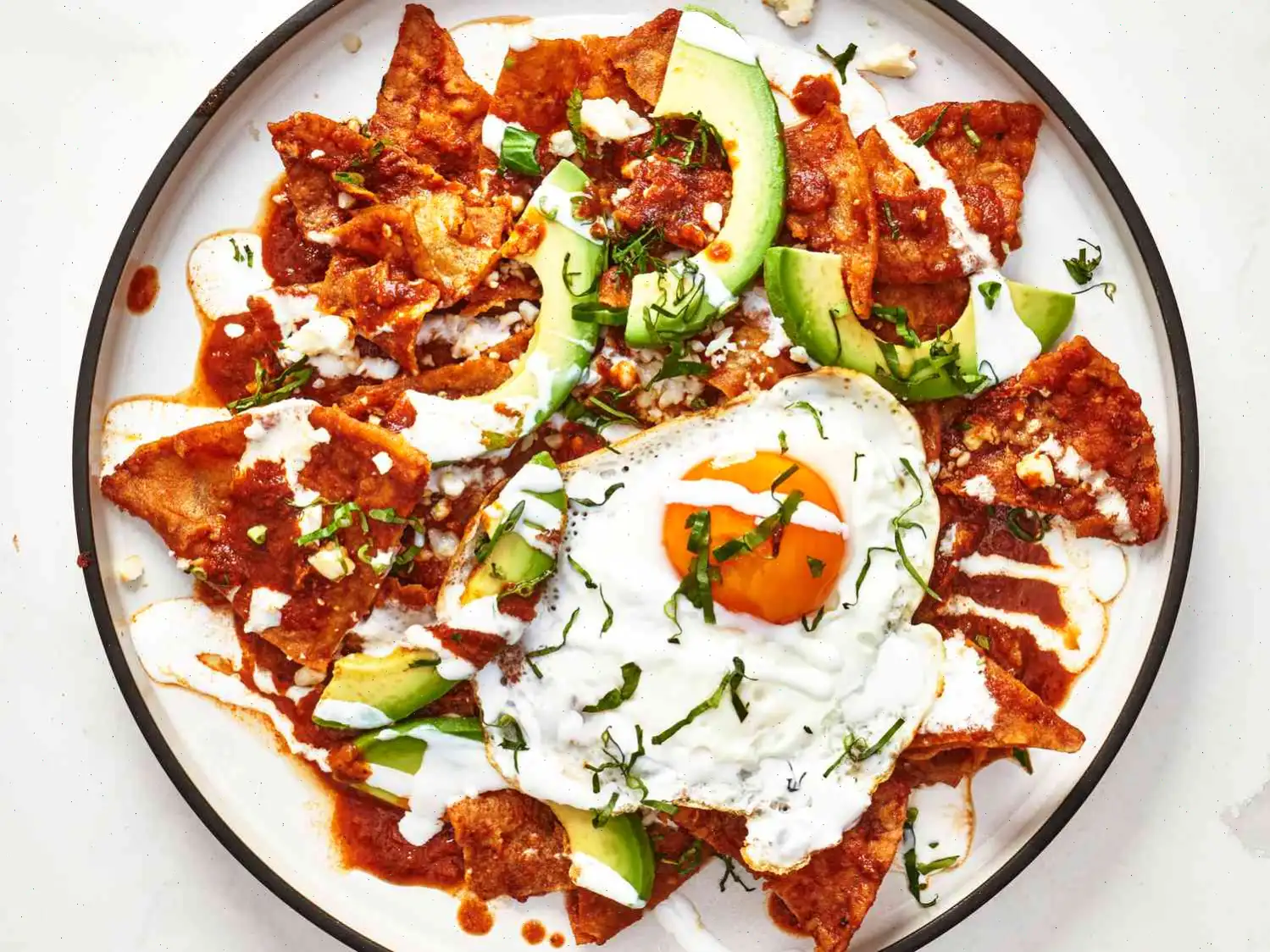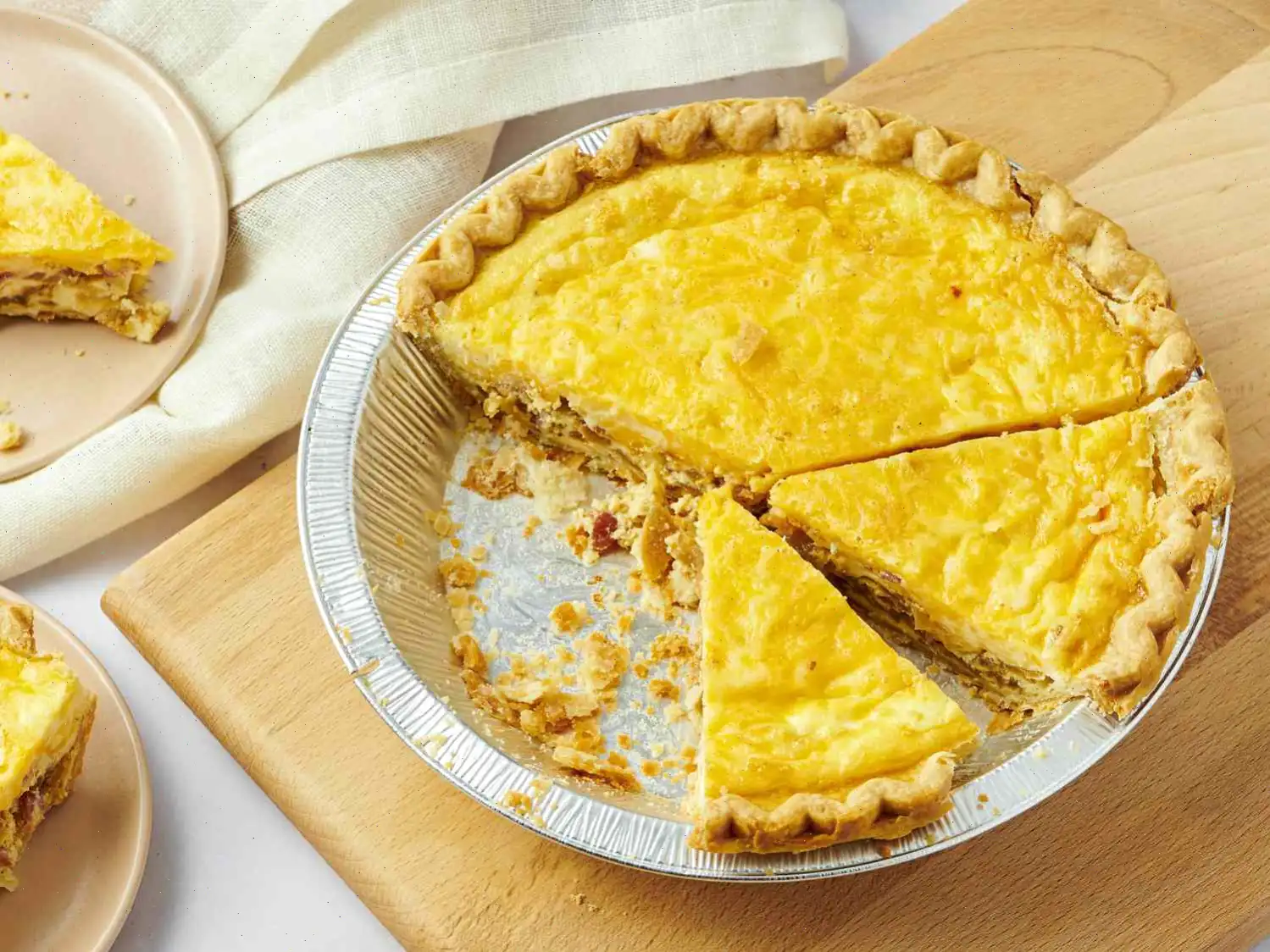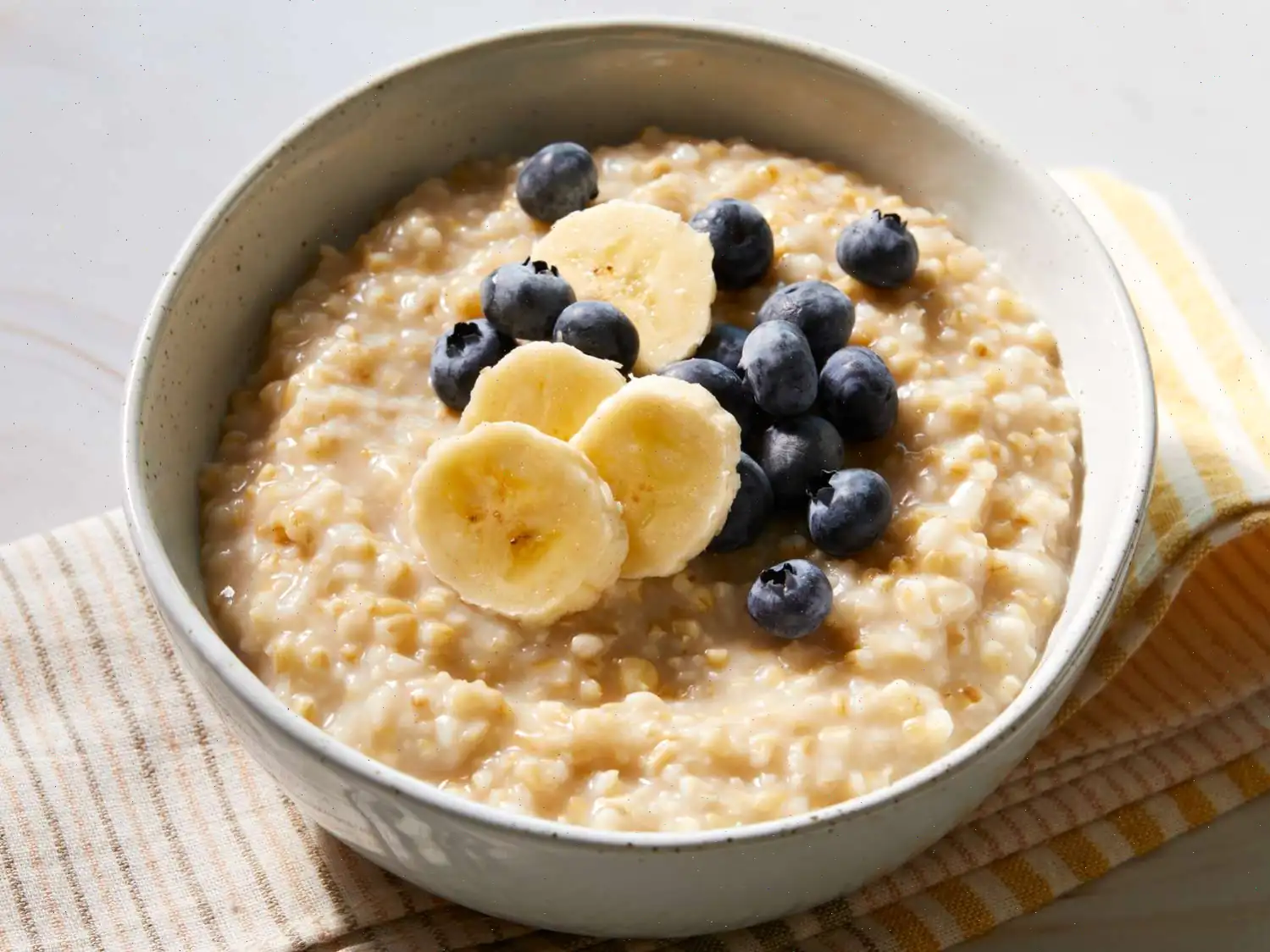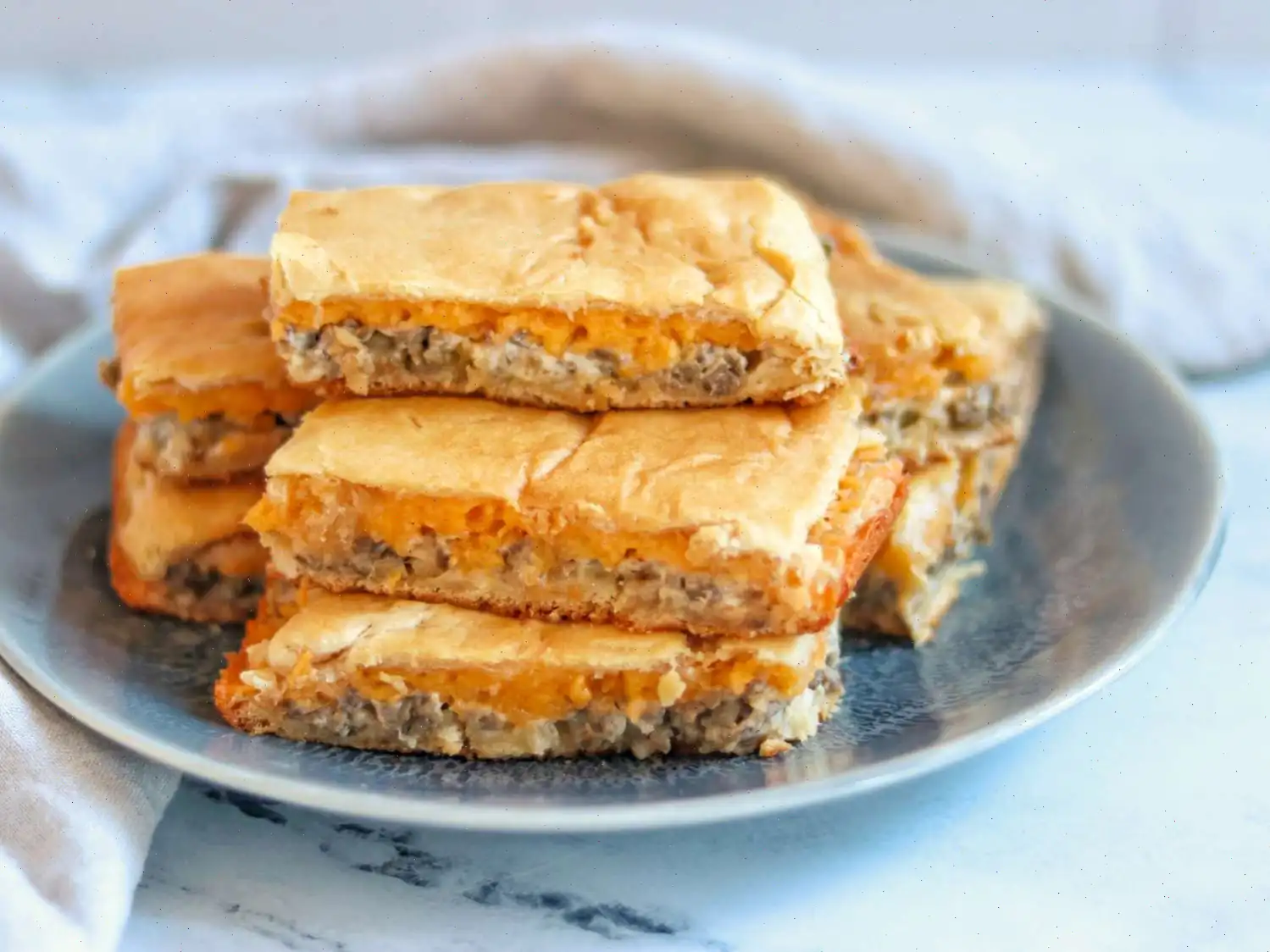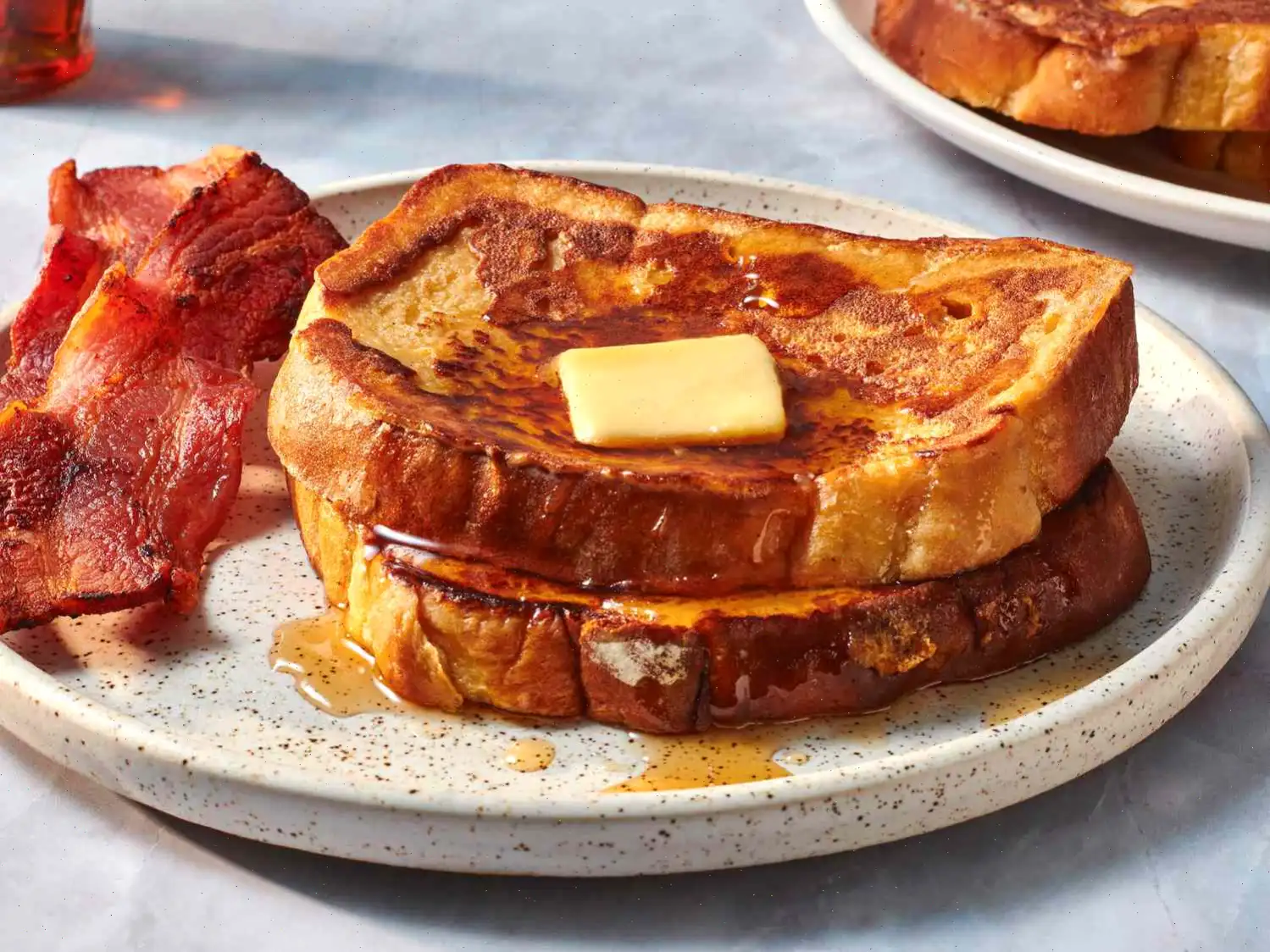
Italian Breakfast Strata Recipe
This delicious strata is the perfect blend of savory sausage, wilted spinach, and a creamy egg mixture, all baked to golden perfection. The layers of bread soak up the flavors and create a satisfying, hearty dish that's ideal for breakfast, brunch, or even dinner. Let it rest overnight to let the flavors meld, and enjoy a flavorful start to your day.
Ingredients
- 1 large loaf of Italian or French bread
- 1 tablespoon olive oil (plus more to grease the baking dish)
- 12 ounces Italian sausage, casings removed
- 1 yellow onion, diced
- 1/2 teaspoon freshly ground black pepper
- 1/4 teaspoon dried oregano
- 1/4 teaspoon dried thyme
- 1/8 teaspoon dried rosemary
- 1 pinch cayenne pepper
- 1 pound baby spinach
- 12 large eggs
- 2 teaspoons kosher salt
- 4 cups milk
- 8 ounces Fontina or Fontal cheese, shredded
Directions
1. Begin by cutting the bread into 1-inch cubes. Spread the cubes out in a single layer on a work surface and leave them uncovered overnight to become stale. This will help the bread absorb the egg mixture better.
2. Heat a tablespoon of olive oil in a skillet over medium-high heat. Add the sausage, breaking it up with a spatula, and cook for a few minutes until it starts to brown. Stir in the diced onion, a large pinch of salt, black pepper, cayenne pepper, oregano, thyme, and rosemary. Continue to cook, stirring occasionally, until the onions soften and become translucent.
3. Transfer the sausage and onion mixture into a bowl. Spoon about 1 tablespoon of the rendered sausage fat back into the skillet and return the pan to medium-high heat. Add the spinach and toss it with tongs until just wilted and bright green. Transfer the spinach into a strainer to cool. Once cooled, squeeze out any excess water and chop the spinach, or use kitchen scissors to snip it into smaller pieces.
4. In a large bowl, whisk the eggs and kosher salt until the yolks are fully incorporated with the whites. Add the milk and whisk until smooth. Set the mixture aside.
5. Grease a 9x13-inch casserole dish with olive oil. Begin by covering the bottom with a single, tight layer of stale bread cubes. Then, top the bread with about 60% of the sausage mixture, followed by 60% of the spinach. Sprinkle half of the shredded cheese on top. Repeat the process with another layer of bread cubes, pressing down lightly to flatten. Then, top with the remaining sausage, spinach, and finish with the remaining cheese.
6. Pour the egg and milk mixture evenly over the casserole, ensuring all the layers are soaked. Cover the dish tightly with plastic wrap and refrigerate it overnight to allow the flavors to meld.
7. The next day, preheat the oven to 350F (180C). Remove the casserole from the fridge and bake in the preheated oven for about 1 hour 15 minutes, or until the top is lightly browned and an instant-read thermometer inserted into the center reads 150F (66C).
8. Let the strata rest for 10-15 minutes before serving. This allows the casserole to set and makes for easier slicing.
Nutrition Facts (per serving)
| Nutrient | Amount | % Daily Value |
|---|---|---|
| Calories | 472 | - |
| Total Fat | 33g | 42% |
| Saturated Fat | 14g | 69% |
| Cholesterol | 341mg | 114% |
| Sodium | 1046mg | 45% |
| Total Carbohydrate | 14g | 5% |
| Dietary Fiber | 2g | 6% |
| Total Sugars | 8g | - |
| Protein | 30g | 60% |
| Vitamin C | 17mg | 19% |
| Calcium | 462mg | 36% |
| Iron | 4mg | 21% |
| Potassium | 768mg | 16% |
* Percent Daily Values are based on a 2,000 calorie diet. Your daily values may be higher or lower depending on your calorie needs.
The Rich History of Italian Breakfast Strata
Italian Breakfast Strata, though widely popular in contemporary American brunch culture, has deep roots in Italian culinary traditions. The concept of a strataa layered casserole made with bread, eggs, cheese, and various fillingsoriginates from Italys resourceful approach to cooking. Historically, Italians would transform leftover bread and seasonal ingredients into a nourishing morning meal, ensuring that nothing went to waste. This dish reflects the Italian philosophy of simplicity and flavor, combining humble ingredients into a satisfying, cohesive dish.
Regional Variations and Characteristics
While the modern Italian Breakfast Strata has been adapted in the United States, regional Italian versions often differ in ingredients and preparation. In northern Italy, strata may include Fontina or Taleggio cheese and hearty greens like Swiss chard, reflecting the alpine influence. Southern Italian versions may feature spicy sausages, sun-dried tomatoes, and fresh herbs such as oregano and basil, highlighting the Mediterranean palate. The layering technique and custard soaking method are consistent, but the fillings adapt to local produce and traditions.
What Sets It Apart from Similar Dishes
Strata is often compared to other breakfast casseroles like frittatas or French toast bakes, but key differences make it unique. Unlike a frittata, which is cooked primarily on the stovetop and has a uniform egg texture, strata relies on soaking bread cubes in a rich custard, creating a fluffy, bread-centered texture. Compared to French toast casserole, strata emphasizes layers of savory ingredients rather than sweetness, making it more versatile for brunch or family gatherings. The combination of Italian sausage, spinach, and Fontina cheese adds depth and complexity that sets it apart from simpler breakfast bakes.
Common Occasions and Serving Styles
Italian Breakfast Strata is a staple at leisurely weekend brunches, holiday breakfasts, and celebratory gatherings. It is often served in a 9x13-inch casserole dish, allowing it to be sliced into individual portions for sharing. Restaurants and cafs specializing in brunch frequently feature strata as a highlight of their menu, pairing it with fresh fruit, mimosas, or a light salad. Its make-ahead nature makes it ideal for entertaining, as the dish can be assembled the night before and baked fresh in the morning.
Interesting Facts and Culinary Insights
Strata is not just a practical dishit also offers culinary intrigue. The word "strata" itself comes from the Latin term for "layers," perfectly describing the dishs structure. Using stale bread is intentional, as it absorbs the egg and milk custard better than fresh bread, producing a creamy yet firm texture after baking. Additionally, the dish exemplifies the Italian concept of "cucina povera," or peasant cooking, where simple ingredients are transformed into flavorful, satisfying meals. Modern chefs often experiment with strata by adding seasonal vegetables, artisan cheeses, or gourmet sausages, making each version distinct while honoring the dishs heritage.
FAQ about Italian Breakfast Strata Recipe
Comments
Michael Smith
10/05/2023 12:56:29 PM
Although the preparation time was long, it was definitely worth it. I only prepared half of the recipe, yet I was able to divide it into 8 portions, and they were incredibly satisfying. I plan to make it again, with some extra planning beforehand, of course!
Jeffrey Turner
09/01/2022 10:17:32 PM
An excellent way to repurpose leftover bread. Simple ingredients and minimal effort for a delicious outcome.
David Scott
10/14/2023 04:02:40 AM
I tried making this recipe exactly as directed, but I was disappointed by the lack of flavor. It ended up tasting quite ordinary, like many other breakfast casseroles I've had before.
Paul Hall
09/30/2022 02:30:04 PM
Excellent.
Anthony Ramirez
10/31/2024 05:34:15 AM
Great recipe



